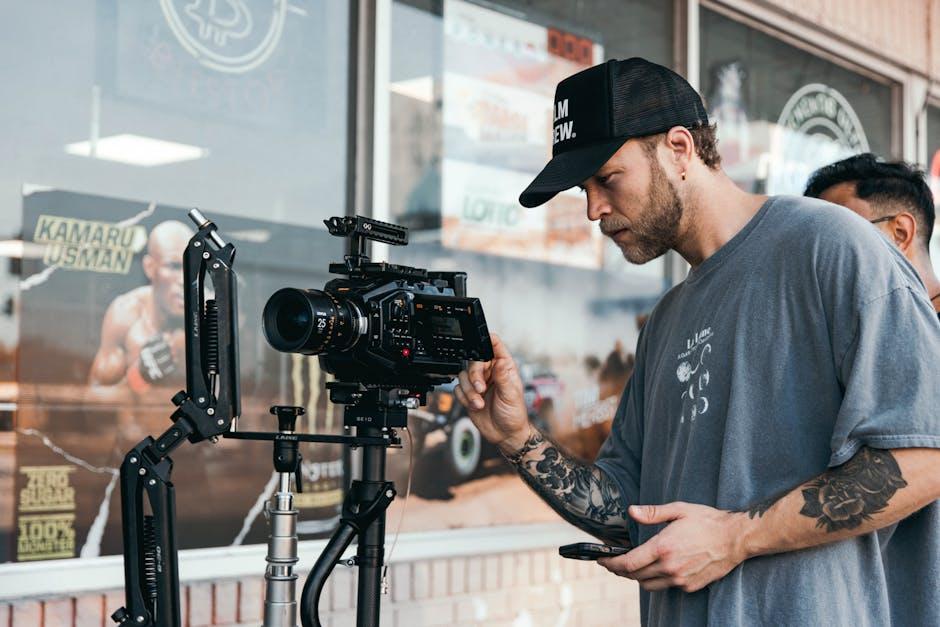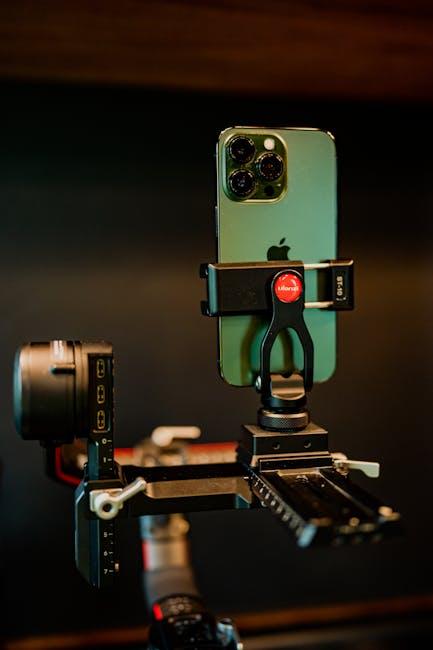In an era where digital technology dominates the cinematic landscape, the debate over whether filmmakers should return to traditional film continues to provoke discussion among industry professionals and cinephiles alike. While digital production offers undeniable advantages in terms of cost, efficiency, and accessibility, the allure of traditional film—often celebrated for its rich texture and authenticity—remains compelling. This article delves into the nuanced arguments on both sides, examining the aesthetic, economic, and technical implications of each medium. By analyzing the current trends and future possibilities, we aim to uncover whether a resurgence of traditional film is a nostalgic longing or a viable artistic pursuit.
Comparing Aesthetic Qualities: Film vs. Digital
When diving into the aesthetic qualities of film and digital, the debate often centers around texture, color depth, and the emotive response each medium elicits. Film offers a grainy texture that many argue adds a layer of authenticity and warmth. This grain is not just visual noise; it is a tactile reminder of the physical process, creating a nostalgic connection to the craft’s origins. The color rendition in film is often described as more organic, providing a richness and depth that digital sometimes struggles to emulate.
On the other hand, digital technology has evolved dramatically, offering filmmakers incredible flexibility and precision. With digital, there’s the advantage of consistent quality across various lighting conditions, and the ability to manipulate color and contrast in post-production is unparalleled. Moreover, digital cameras provide higher resolution and clarity, capturing minute details that film might miss. Consider these aspects when choosing your medium:
- Texture: Film’s organic grain vs. Digital’s crisp clarity.
- Color Depth: Film’s rich, authentic hues vs. Digital’s customizable palette.
- Flexibility: Film’s nostalgic charm vs. Digital’s precision and adaptability.
Evaluating Cost Implications in Production Choices
When assessing the financial aspects of choosing between traditional film and digital production, several key factors come into play. Traditional film often involves higher initial costs due to the price of film stock, processing, and the need for specialized equipment. These expenses can escalate with the need for physical storage and archiving. On the other hand, digital production typically offers lower upfront costs, driven by reusable storage solutions and more accessible technology. However, the expense of data management and digital archiving can accumulate over time.
- Initial Investment: Film requires purchasing and processing physical stock, whereas digital relies on high-end cameras and storage devices.
- Long-term Costs: Film necessitates ongoing physical storage; digital involves data management and potential obsolescence of formats.
- Editing and Post-Production: Digital often streamlines these processes, reducing time and labor costs, while film might demand more intensive labor and time.
Ultimately, the decision hinges on weighing these costs against the artistic and practical benefits each medium offers. While digital provides efficiency and flexibility, the tangible qualities and nostalgic appeal of traditional film continue to hold value for many filmmakers.

Understanding Audience Preferences and Market Trends
In the ever-evolving landscape of cinema, understanding what audiences crave is pivotal. Audience preferences have shifted dramatically with the advent of digital platforms. Today’s viewers often lean towards high-definition, seamless experiences that digital production offers. However, there’s a growing niche that yearns for the nostalgia and authenticity that traditional film brings. This segment appreciates the unique texture, depth, and warmth that only celluloid can capture. Filmmakers must weigh these preferences carefully, recognizing that while digital caters to mass appeal, traditional film can create a unique, differentiated offering that resonates with cinephiles.
- Market trends reveal a resurgence of interest in vintage aesthetics, as seen in the popularity of retro-themed content.
- Niche audiences are increasingly valuing the craftsmanship and artistry involved in traditional film production.
- The rise of independent cinemas showcases a demand for diverse viewing experiences, often leaning towards the authentic charm of film.
By aligning with these insights, filmmakers can strategically decide when to embrace the rich, textured world of traditional film to captivate audiences seeking a more profound connection with their visual storytelling.

Balancing Innovation with Tradition in Filmmaking
In the ever-evolving landscape of filmmaking, the choice between traditional film and digital production presents a fascinating dichotomy. Traditional film offers a tactile, organic quality that many purists argue is irreplaceable. The grain, texture, and warmth of celluloid create a distinct aesthetic that resonates with audiences on a subconscious level. On the other hand, digital production boasts advantages like cost-efficiency, flexibility in editing, and ease of distribution. This modern approach allows for a broader spectrum of creativity, enabling filmmakers to experiment without the constraints of physical film stock.
Striking a balance between these two approaches can be seen as a way to harness the strengths of both. Some key considerations include:
- Budget Constraints: Digital production often provides a more economical solution, especially for indie filmmakers.
- Artistic Vision: Certain projects might benefit from the nostalgic charm of traditional film.
- Technological Advancements: The rapid evolution of digital technology continues to close the gap in quality.
- Audience Expectations: Understanding the target audience’s preferences can guide the decision.
Ultimately, the choice should align with the filmmaker’s vision and the story they aim to tell, embracing innovation while respecting the rich legacy of traditional techniques.

